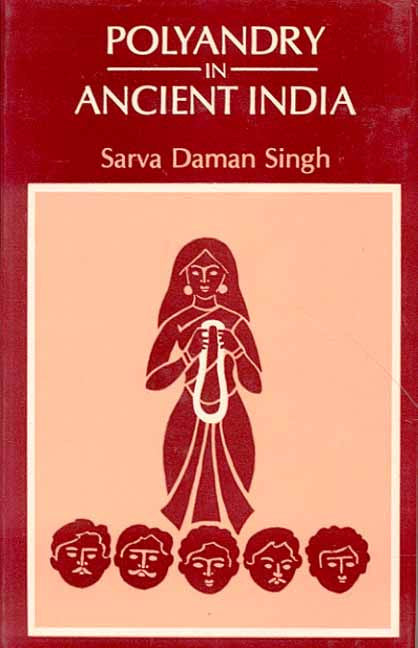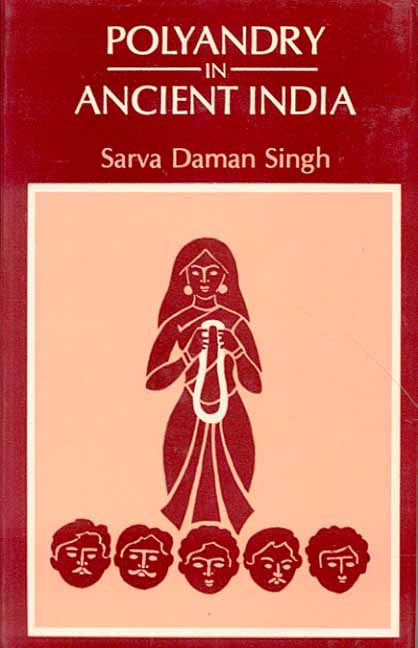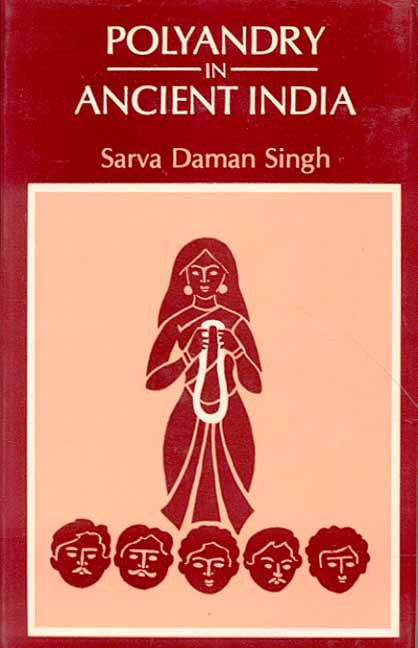Polyandry in Ancient India
Polyandry in Ancient India is backordered and will ship as soon as it is back in stock.
Couldn't load pickup availability
The world has been familiar with marriage since recorded history began. We are on the firm ground of facts when we study the forms of marriage actually found in human society; or for which there is unmistakable evidence in the past. Group marriage, polyandry, polygyny and monogamy have all been practised before, as they are now, often co-existing in close prop-inquity. No form is necessarily higher than the other, as the meaning or value of any expression of sexuality is determined by the social context within which it occurs.
Scholars have studied polyandry in modern India with reference to specific areas; but the investigation of its past history in the Indian context remains a desideratum. The present book therefore fills a gap in historical research relating to an institution as interesting as it is ancient as significant as it is slighted, or sought to be swept under the carpet. Based on original sources it clearly and categorically established the prevalence of polyandry amongst Vedic Aryans as also amongst other peoples of the old Indo-European stock. The author explores the meaning of marriage, the significance of the family, the importance of the incest taboos, besides presenting an incisive theoretical analysis of polyandry. The book is doubtless an original and revealing contribution to our knowledge of Indian social history, and will be useful alike to students of history, social anthropology and sociology.
Review(s)
About the Author(s)
-
Pages
-
Edition
-
Size
-
Condition
-
Language
-
Weight (kg)
-
Publication Year
-
Country of Origin
-
Territorial Rights
-
Reading Age
-
HSN Code
-
Publisher




